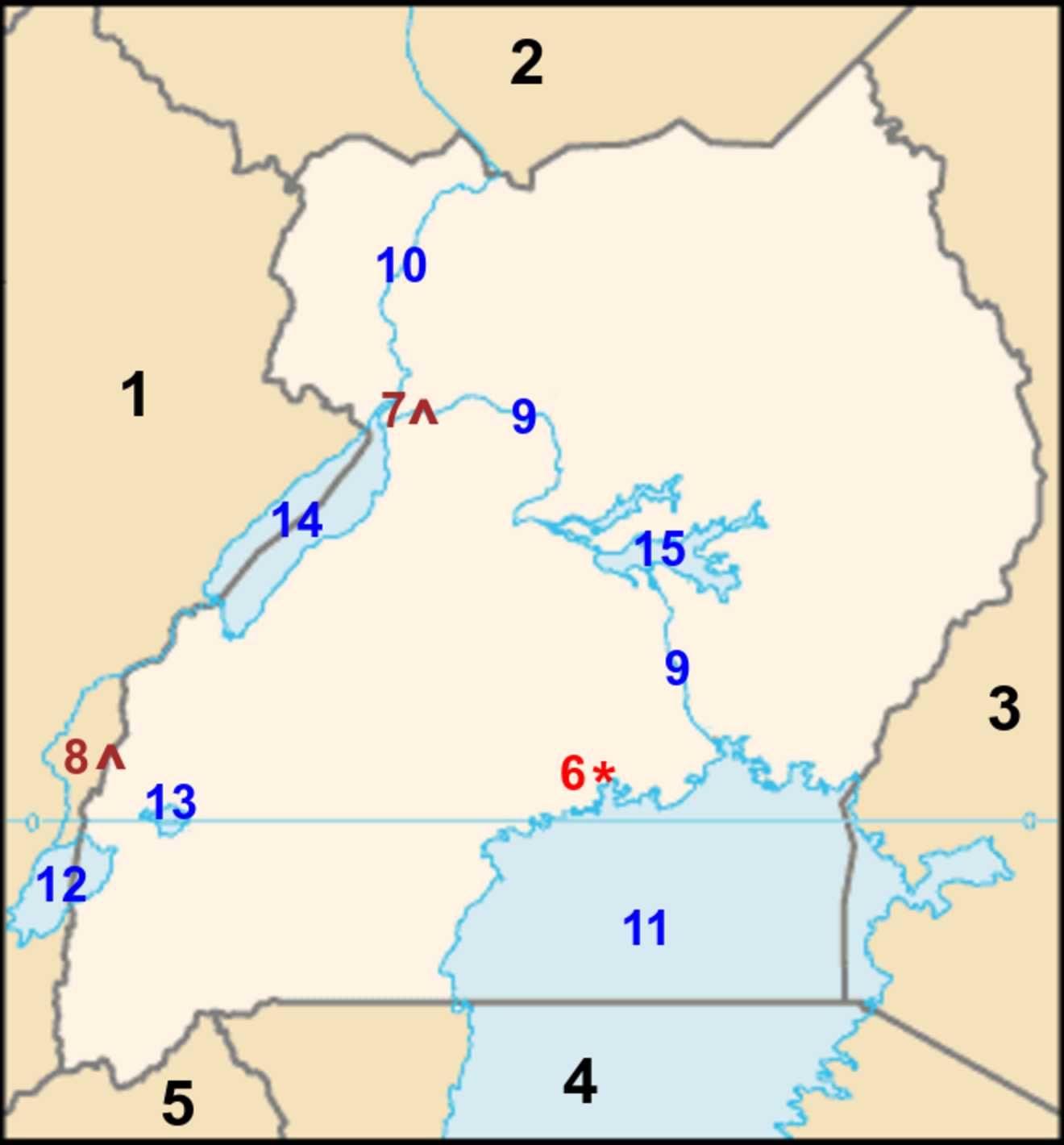
Locating Uganda Trivia Quiz
Uganda is Africa's second-largest landlocked country, and formerly a British Protectorate. Do you know where it is on the continent, and what are some of its prominent geographical features?
A label quiz
by reedy.
Estimated time: 3 mins.
- Home
- »
- Quizzes
- »
- Geography Trivia
- »
- Africa
- »
- Uganda
